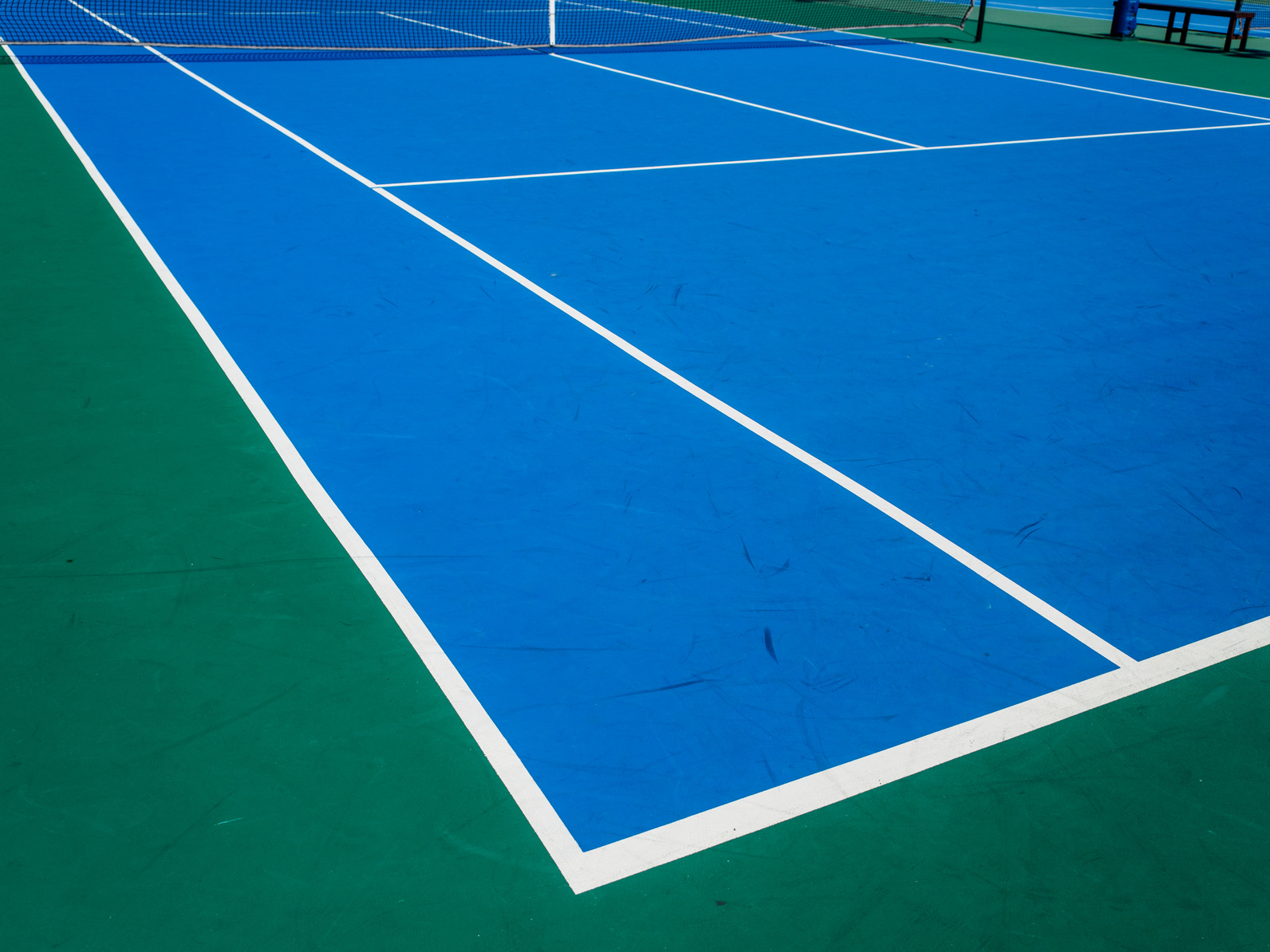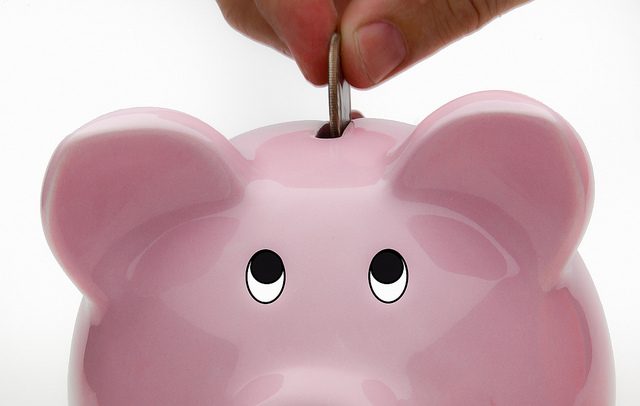Tennis court is a firm rectangular surface made up of clay, concrete, grass or synthetic suspension. There is a low net at the middle. A good quality tennis court needs to be of perfect dimensions according to the standards that are defined by the International Tennis Federations (ITF). It should be painted with correct paints and a lot of things need to be taken into considerations before constructing a good quality tennis court.
Points to be considered before constructing a tennis court
- Kind of soil
It is recommended to find out the kind of soil on which the tennis court is to be built. The soil movement under the court can do a lot of damage to the court and can results in problems including cracks and turmoil. Although these damages can be repaired but they need a considerable amount of money to be spent on them. Almost all soils move under certain circumstances. While clay and adobes are unstable, granite and sand are very stable. Hence, it is advisable to consult a soil engineer who can recommend best tricks for less movement and correct specifications to reduce moisture level.
- Amount of space
The International Tennis Federation (ITF) defines and regulates the dimensions of a tennis court. A quality tennis court must follow the exact guidelines. Exterior dimensions of a regulation tennis court should be 60′ x 120′ which includes the fence line. The playing lines have to be 78′ from baseline to baseline and 36′ between the doubles lines. Thus, you have 21′ from baseline to fence line and 12′ from the doubles sideline to the adjoining side fence line. You have to consider the setbacks and this means that all jurisdictions tell you how close to a property line that you can build the tennis court.
- Level of the area
The court area should be close to level. A tennis court can be built at any area but it needs to be filled with the right kind of soil. The area should be compact and leveled.
- Direction of the court
A North-South positioning keeps the angle of the sun’s rays at a minimum during the mornings and afternoons. An East-West position could also be good. Hence, you need to decide on the direction in which you want your court to be placed.
- Drainage
If water drains into the soil then it could cause soil movement and this can damage the court. Care should be taken to ensure that the area has minimum drainage issue.
Features of a Quality Tennis Court Surfaces
- Quality tennis court surfaces are ideal to bear toughest weather conditions be it high heat or chilly winter conditions.
- Quality tennis court surfaces have elastic cushions that take away the pressure from the body of the player while chasing the bounce of the ball.
- The tennis court surfaces have 100% acrylic court paint. These are not standard exterior latex paint but are specifically engineered paints that can endure all the abuses of even the aggressive players. This paint is scrub resistance and contains approximately 15% to 20% fine silica sand, giving it a slightly textured finish.
Benefits of Quality Tennis Court Surfaces
- Quality tennis court surfaces are made up of high quality products which provide long term performance and are easy to maintain.
- The acrylic paint on the surfaces of the tennis courts are easy to clean and maintain.
- The tennis court surfaces have rubber granules that act as a shock absorber and reduce the pressure from the player.
Hope you get all point on Tennis Court Surfaces. If you would like to know more then visit this link and get more information.



